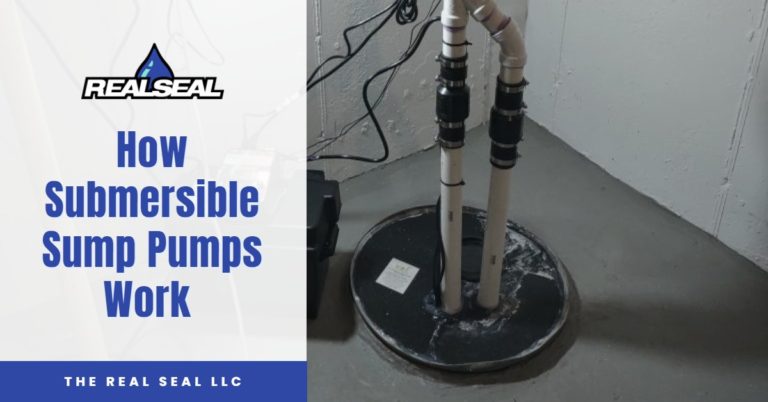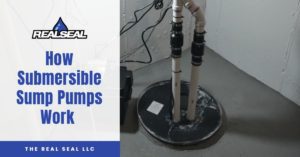Sump pumps are machines that automatically function as part of a waterproofing system underneath your home. You may be aware that sump pumps generate the force necessary to remove water from your basement, but your knowledge might not go much further than that. If you’re curious how submersible sump pumps work, read on to find out.
Collecting the Water
To install a sump pump, a professional must first dig out and form a sump pit in which to place the pump. This pit connects to a pipe that brings in water that has soaked into the soil around the foundation of the home. A perforated pipe set in loose gravel outside the home typically collects the water and leads to the pipe attached to the pit. The specific design may vary based on the particular home, but all sump pits have some way to direct water in the basement into the pit.
Read more about – How To Prevent Rainwater Damage?
Getting Rid of the Water
Submersible sump pumps are placed completely in the pit, and as you might guess, they come into direct contact with the water as it fills the pit. The pump has a sensor built into it that detects when the water level gets to a specific threshold. Once the water reaches this, the pump turns on and a rotor inside it begins to spin. This movement transports the water up and out of the pit through a discharge pipe that sticks straight out of its top. From there, the discharge pipe carries the water to an area such as a municipal drain where it can no longer damage your home.
Differences from Pedestal Pumps
Another type of sump pump is a pedestal pump. The submersible pump has an advantage over the pedestal pump because its motor is located in the pit, so it’s much quieter when activated. At the same time, submersible pumps often have greater power than pedestal pumps since all their components are located close together. Furthermore, the water that surrounds a submersible sump pump doubles as a coolant that prevents it from overheating. An outer covering protects the motor of the submersible pump from any possible water-related damage.
Why Do Sump Pumps Fail?
The most common reason your sump pump fails is because of a power outage. Sump pumps draw power from your home, and blackouts can be a problem. The best way to counter this is to have a sump pump battery backup that operates even when your power is out. Backups can cost around $1,400 to $2,000 plus labor. The price may not seem attractive, but if your power went out because of flooding, a sump pump sure does come in handy.
Your sump pump might also fail because of improper installation. Your pump could be too big or too small, depending on the size of your home. For the average home in an area with an average water table, a 1/3 horsepower sump pump should be sufficient. If you live in an average home with an above-average water table, you will need a 1/2 horsepower pump. If you live in a high water table, flood plain, low-lying area, or you have a deeper basement, you’ll need a stronger 3/4 horsepower pump.
The most common part of a sump pump that wears out first is the float switch. The float switch is the moving part that detects when water gets too high in your sump pit. This part often will need replacement from time to time.
How Do I Know If I Need To Replace My Sump Pump?
If you haven’t heard your sump pump run recently, you can test it by running a water hose into the sump pit or by pouring a bucket of water. When the water reaches a certain level and activates the float switch, your pump should turn itself on. If your pump doesn’t turn on, it might need some simple repairs or need to be replaced entirely.
The Real Seal
To have a sump pump installed in your home and to address any other problem areas in your basement and foundation, give The Real Seal a call today. Our approach to basement waterproofing and foundation repair is holistic; we’ll do everything from putting in waterproofing systems to performing basement crack repair.






